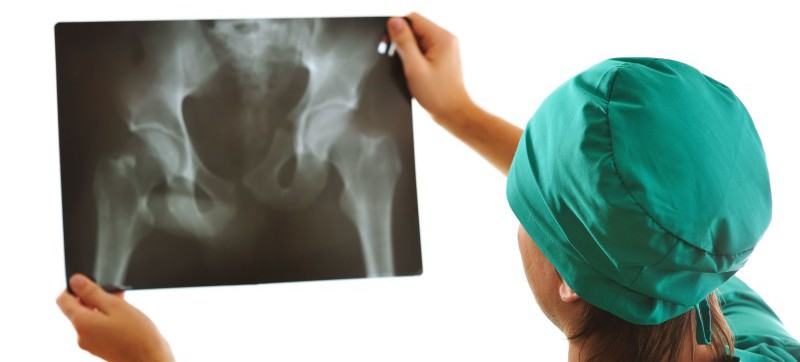Coccydynia Diagnosis & Treatment
Category: Back Pain | Author: Stefano Sinicropi

Coccydynia is a fancy medical term referring to pain in your tailbone. Despite terminology that suggests that your tailbone is one bone, your coccyx is actually comprised of five small bones located just below your spine’s sacrum. When these bones are subjected to trauma or other conditions, coccydynia can set in. Today, we take a closer look at the management of coccydynia.
Causes of Coccydynia
Coccydynia, or regionalized tailbone pain, can set in for a variety of reasons. Here are some of the more common causes of coccydynia:
- Acute trauma, like falls or collisions during athletic activity
- Repetitive trauma or overstressing the area
- Childbirth
Sometimes a patient who believes they are suffering from coccydynia is actually dealing with pain caused by sciatica, cysts or an infection, but a doctor can get to the heart of the issue with a clinical examination and with the assistance of an X-ray, MRI or CT scan.
Treatment of Coccydynia
Once a doctor has confirmed your diagnosis, they will begin discussing your treatment options. More often than not, coccydynia can be treated with non-operative methods, but that doesn’t mean surgery is out of the equation.
- Non-Operative Treatment – Oftentimes rest is the best treatment option for an injured tailbone. That said, when one thinks of rest, they likely imagine sitting or lying down. Since sitting would inevitably stress the injured area, long periods of sitting aren’t advised when attempting to recover from coccydynia. If it can’t be avoided, add a cushion or another padded object to your seat to help avoid overstressing the area. Additionally, anti-inflammatory medications and pain injections can help prevent discomfort while the area heals.
- Surgery – In rare instances, surgery is needed to address an injured coccyx. In this case, the surgeon will perform a coccygectomy, which removes part or all of the tailbone. The operation is very safe and has a very high success rate, but there is a chance it could lead to perineal hernia later in life, due to the operation’s effect on the pelvic muscles. Your doctor can walk you through your options should surgery be a possibility.
If you’re experiencing pain in your lower back or tailbone, and you’ve recently fallen or suffered trauma to the area, set up a consultation with a spine specialist to see if your tailbone has been injured.